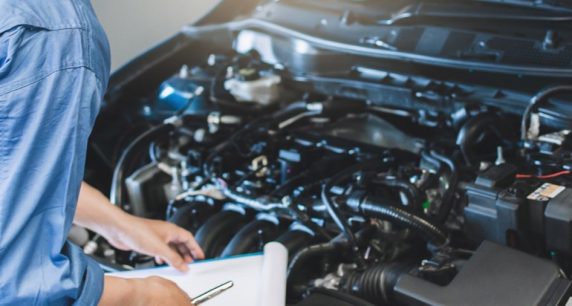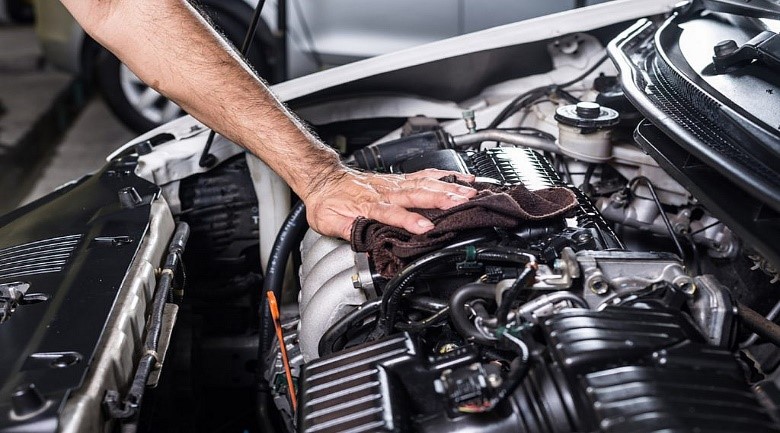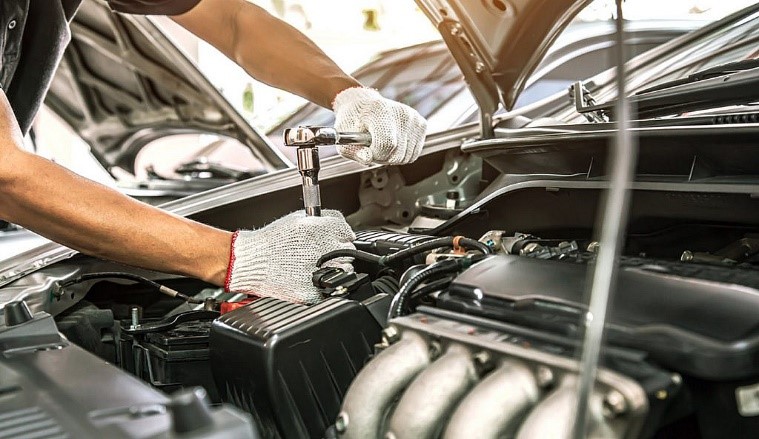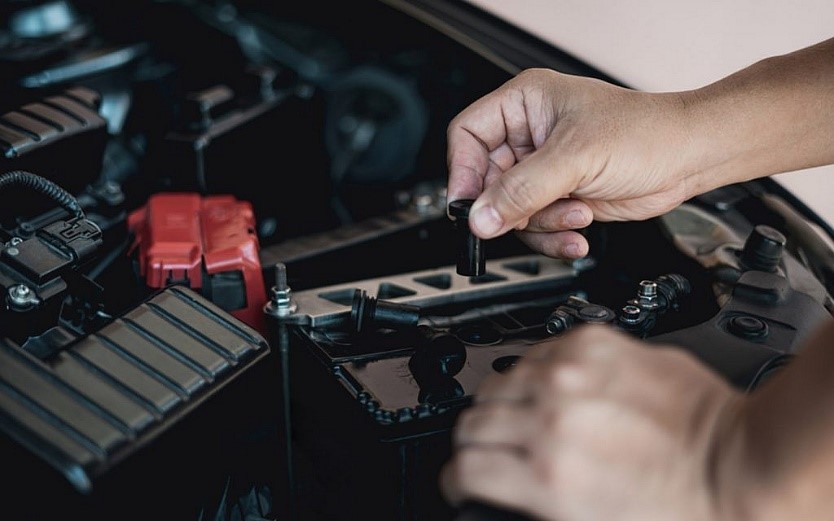Used, Rebuilt or Remanufactured Engines: What’s the Difference?

Buying a new car engine can be costly; however, getting it replaced by a used, rebuilt or remanufactured engine won’t cost a lot and will boost your car’s performance. This option costs nearly one-third the price of a new engine and delivers nearly the same performance as a new engine. While the terms are often used interchangeably, there is a difference between used, rebuilt and remanufactured engines.
If you are looking for a used, rebuilt or remanufactured engine, this blog is for you. Read on to identify what each of these terms means so you won’t get confused while buying one.
WHAT IS A REBUILT ENGINE?

A rebuilt engine is an engine that is taken out of a vehicle, taken apart, and put back together. The engine is carefully disassembled where each part is meticulously cleaned, necessary parts of the engine are replaced, and the engine is reassembled with everything in better order than previously. Every part of the engine is inspected, and any part that does not meet the required standards is replaced. All parts of the engine that do meet the specifications are reused to reduce the environmental and economic impact of the work being done to your engine.
PROS
- Extends the life of your engine, and in turn, vehicle, for a fraction of the cost of replacing your car
- All critical components have been replaced, and the replaced parts meet or exceed the standards of the previous engine parts
CONS
- Being a mix of old and new parts, some older parts could shorten the life expectancy of the vehicle
- The parts are inspected but not held to the same blueprint standards of remanufacturing
- Some of the used parts could have unperceivable wear (heat stress or micro cracks) and cause the engine to fail
WHAT IS A USED ENGINE?

We reduce waste and save on recycling by purchasing a used engine
As the name suggests, the used car engines are the ones that have served another car previously. Most of them are taken out from the scraped or yard-bound vehicles. However, the mileage of the used engines varies according to the previous usage.
Although used car engines cost less, their warranty rarely exceeds a month. On the contrary, if you lucky got an engine that didn’t have a lot of miles on it, chances are it will still be good as new.
It is also important to know how long the used engine had been used previously. If we are talking about 100,000 kilometers, it should not give us problems; but if it has already exceeded 150,000 kilometres, it should go through an ‘engine adjustment’.
PROS
- The biggest advantage of buying a used engine is its price as it is much lower than that of a new engine.
- By buying the engine that has already been used in another vehicle, we reduce waste and save on recycling.
CONS
- A lack of warranty is the other big drawback of buying a used engine.
- Another con of buying a used engine could be its shorter life span as some components might require repair or replacement after a while.
WHAT IS A REMANUFACTURED ENGINE?

A remanufactured engine is a more extensive machining job than rebuilding, because the engine is pulled out of the vehicle and returned to factory conditions and blueprint specifics.
Everything that has any potential wear is replaced to bring the engine back to its original standards. Anything that isn’t replaced is remanufactured to the standards of a new part. The mechanical tolerances are restored by re-machining or installing the necessary inserts to restore the unit to its original mechanical tolerances.
Remanufactured engines meet the standards for OEM tolerances, durability, and quality. New pistons, connecting rods, rings, bearings, camshafts, lifters, and oil pump are installed. Essentially, the only part from the original engine that is used is the block — if the block is in rebuild able condition.
PROS
- Replaces the old parts of the engine extensively, from the seals, to the gaskets, to the pistons so the engine is fully replaced
- Extends the life of an engine, longer than a rebuild
- Often has a warranty that is much longer than a rebuilt engine
- More environmentally friendly that replacing your vehicle, reducing the non-renewable resources needed to manufacture new vehicles
CONS
- Because the process is very exhaustive, remanufacturing can be more expensive
- Can take a longer time to remanufacture the engine completely when compared to other options
With this, we complete our guide on the difference between used, rebuilt or remanufactured engines. We have also listed down the pros and cons of each engine type to help you choose the better option as per your need. You can also extend your car engine’s life by following a car maintenance schedule.
There are several things you must consider when you plan to choose between used or rebuilt or remanufactured engines. For instance, the cost, life and usual wear and tear associated with the engine. Also, make sure all the parts of the engine are functioning properly when buying used, rebuilt or remanufactured engines.
Besides, if you are planning to swap a car engine make sure you follow this engine swapping checklist. Moreover, once you buy a car engine use the right engine oil type to extend its life. Because using the wrong engine oil can cause serious trouble to your vehicle as well as to your car’s engine.
If your vehicle is in good condition, then remanufacturing an engine can be a good option. However, if your vehicle is 20 years old and has high mileage, then consider getting a used or rebuilt engine.



